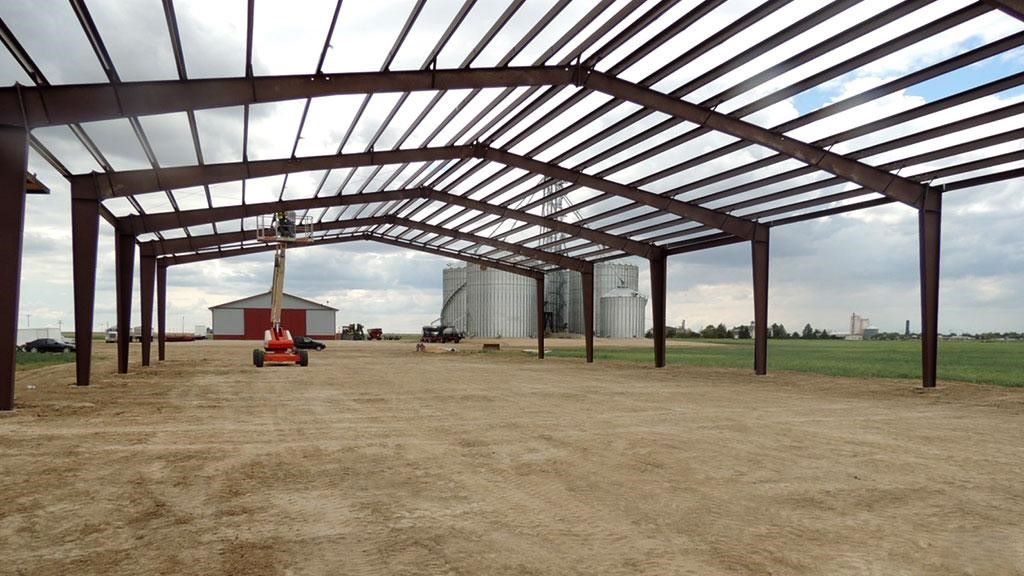How to repair the roof to replace broken tiles or solve problems of humidity, infiltrations and water leaks. When you have to work on the roof, it is advisable to rent the tower scaffolding and the scaffolding boards, in order to create a work platform. Avoid ladders and instead, use folding ladders with safety catches.
They must be placed on compact and flat ground. Stairs should never be hooked to plastic and laminated aluminium channels. To reach the maximum height of the roof, you need to get a roofer ladder that allows you to distribute the load well. Furthermore, it has the steps that remain raised from the roof covering.
How to repair roof leak yourself
You should never walk on the roof because the surface is fragile. The tools must be kept in a tool holder to hang at the waist, so you always have your hands free. To be safe, it’s best to work in pairs and wear a safety harness, not forgetting a crash helmet and protective shoes.
Continue reading: How to Clean Ceramic Tile Floor Grout
Replace broken tiles
It is suggested to carry out this operation yourself only if there are few elements to replace and if you know how to move on the roof. In fact, replacing the roof tiles is a risky job, especially when the building is multi-storey. If the job is demanding, it is better to turn to a company.
To remove them, the broken tiles must be lifted to free the special protrusions, called nibs, from the wooden strip to which they are attached. You can help yourself by prying the sides with wedges.
If the tiles, on the other hand, are fixed with nails to the wooden laying strips, they can be removed by swinging them until they release. You can also try to break them, to remove the pieces, but care must be taken not to damage the adjacent ones.
Those of the ridge
In old buildings, the mortar that holds bent or shingles fixed to the top of the roof can be deteriorated, even if the elements remain in place thanks to the weight. To remedy this, respecting traditional construction techniques, the tiles are carefully removed and left to soak in water. These can then be repositioned and fixed with new mortar, following the old traces.

Leaking water and moisture from the roof
Locating the spot on the roof from which rain filters in is a difficult task. You can try by measuring the distance between the spot and the corners of the ceiling and looking for the match on the covering surface. Going up the slope, you should find the place of infiltration.
The points most at risk are:
- The connections between the tiles, if they are not performed in a workmanlike manner;
- The frame of the skylights, if not installed correctly;
- The ridgeline, if the mantle is not homogeneous;
- The perimeter of the flue, if it is not well sealed.
To remedy serious infiltrations on the flat roof, it is necessary to further widen the edges of the crack using, if necessary, a chisel. It fits fibreglass adhesive tape and fills it with sealing putty. For a better seal, it is advisable to apply a layer of waterproofing paint.
The steps to follow to repair a roof
Step 1: If we need to repair the roof of an apartment building, we should first check with the apartment building who is responsible for the maintenance of the roof. If it is an association, contact it to have the repairs carried out otherwise if the responsibility is yours, you can safely proceed to repair your roof yourself.
Step 2: Carefully identify the correct position in which the point is located. In fact, the water could drip into a very different area from that where the leak is located. For this reason, enter the attic or under the roof and try to identify the hole from which the water starts to drip.
Step 3: If the roof is concrete, it may be flat. It is necessary to remove the tiles and eventually replace the plywood.
Step 4: Lift the tiles from the roof with the help of a metal or wooden rod. Remove the tar paper and inspect the plywood.
Step 5: If the plywood is visually damaged, you will need to replace it. To do this, cut out the damaged part of the plywood. Remove the old plywood and carefully measure the affected area. Cut the new plywood to the exact size of the hole we previously cut. Position the new plywood carefully making sure there is no gap in the cover or overlapping edges. Cover with tar paper and carefully reposition the tiles.
Attention: As usual, our advice is to pay the utmost attention when using the ladder and when you are on top of a roof!




